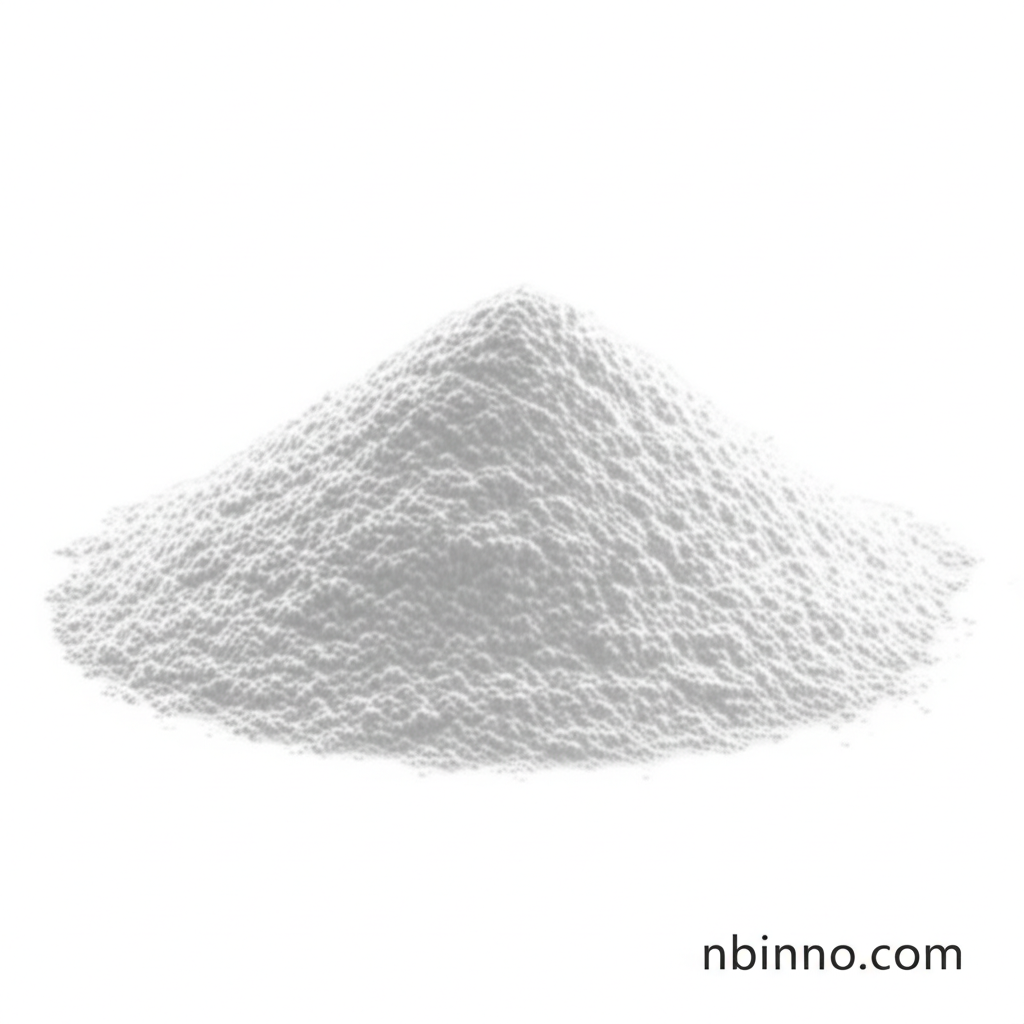Fludarabine: A Comprehensive Guide to its Properties, Applications, and Benefits
Discover the critical role of Fludarabine in modern medicine, from its chemical properties to its life-saving applications.
Get a Quote & SampleProduct Core Value

Fludarabine
Fludarabine stands as a pivotal synthetic purine nucleoside analog, primarily recognized for its potent antineoplastic and immunosuppressive properties. Its critical role in treating various hematologic malignancies, including chronic lymphocytic leukemia (CLL), acute myeloid leukemia (AML), and non-Hodgkin lymphomas (NHL), underscores its significance in oncology and hematology.
- Fludarabine mechanism of action involves disrupting DNA synthesis and repair, leading to the apoptosis of rapidly dividing cancer cells.
- The uses of fludarabine in cancer treatment are extensive, particularly in managing hematologic malignancies where it offers significant therapeutic benefits.
- Understanding fludarabine side effects and dosage is crucial for effective patient management and treatment optimization.
- Fludarabine for chronic lymphocytic leukemia (CLL) has shown considerable success, establishing it as a key therapy for this condition.
Product Advantages
Targeted Therapeutic Action
Fludarabine exhibits selective action by being more readily absorbed by malignant lymphocytes, enhancing its efficacy against hematologic cancers like CLL and minimizing harm to healthy cells.
Dual Functionality
Beyond its antineoplastic effects, fludarabine also possesses immunosuppressive properties, making it valuable for managing the immune dysregulation often seen in conditions like CLL.
Enhanced Efficacy
This pharmaceutical intermediate is often used in combination therapies, augmenting treatment outcomes for various hematologic disorders and improving patient response rates.
Key Applications
Chronic Lymphocytic Leukemia (CLL) Treatment
Fludarabine is a cornerstone in the treatment of CLL, demonstrating significant response rates and disease management, particularly for patients with resistance to other therapies.
Acute Myeloid Leukemia (AML) Therapy
As part of combination chemotherapy, fludarabine is utilized to treat AML, a critical intervention for this fast-progressing blood cancer.
Stem Cell Transplantation Support
It plays a vital role in conditioning regimens before stem cell transplantation, helping to prepare the patient's immune system for successful engraftment.
Non-Hodgkin Lymphomas (NHL) Management
Fludarabine is integrated into treatment plans for certain types of NHL, contributing to improved therapeutic results and patient outcomes.
